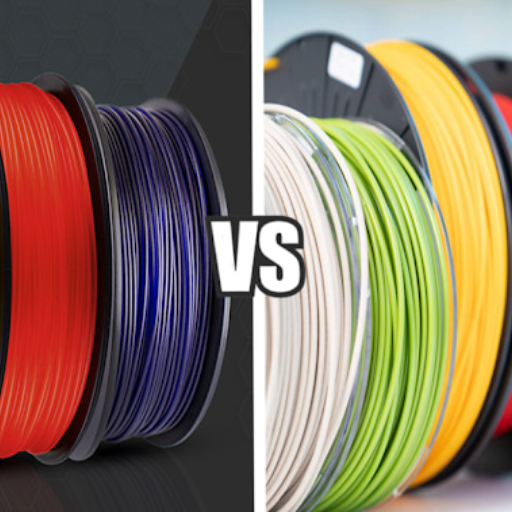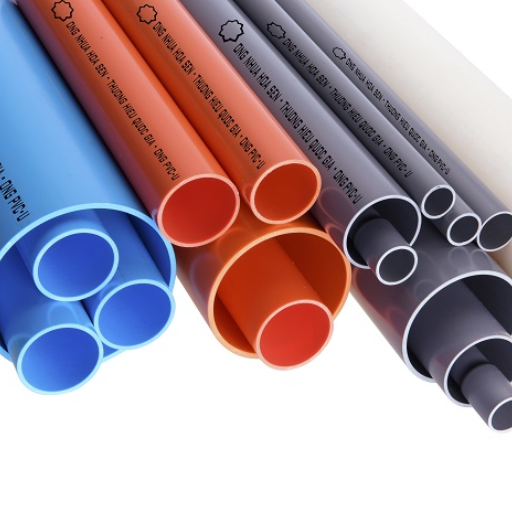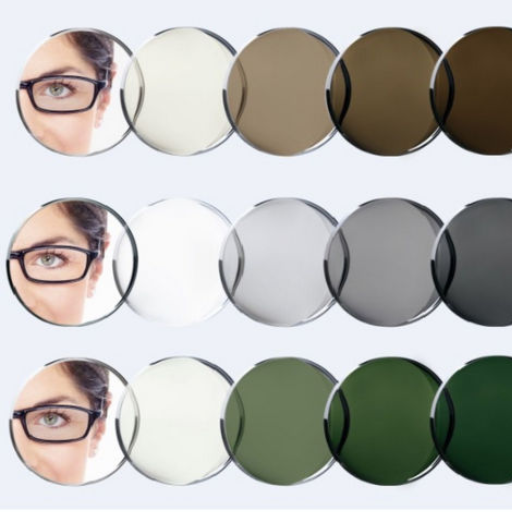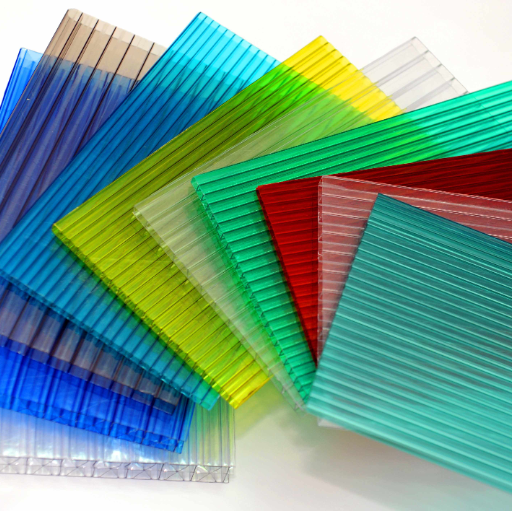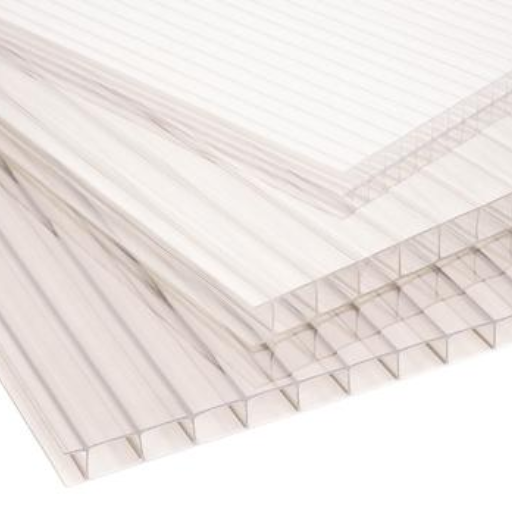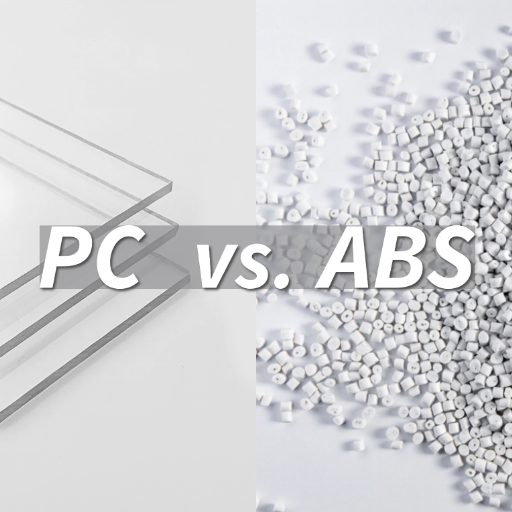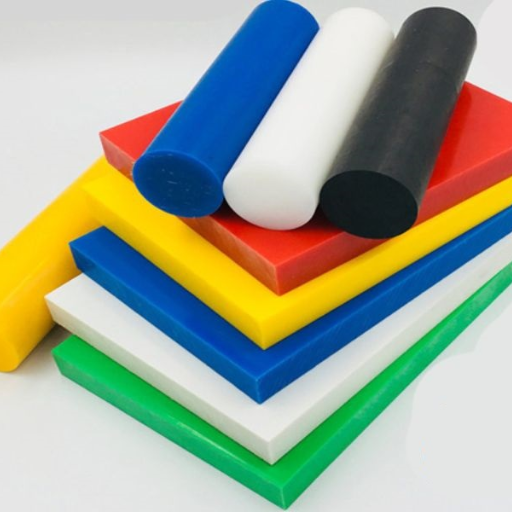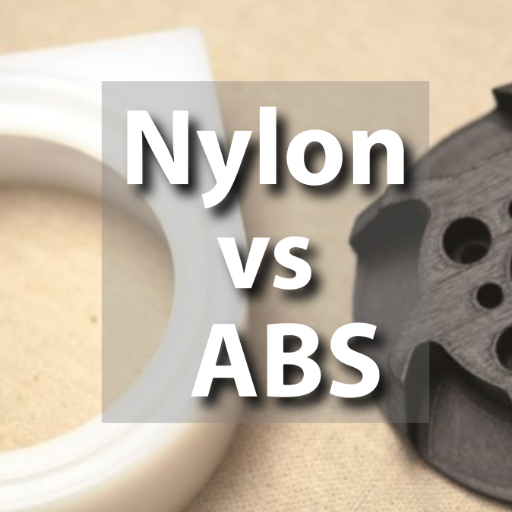Polymethyl methacrylate (PMMA), popularly known as acrylic or the commercial forms branded as Plexiglas and Lucite, finds a wide range of applications across industries. Thanks to its crystal clear nature and sturdiness, plus its flexible property, PMMA has been embraced far and wide from car manufacturing and architectural engineering to healthcare and microelectronics. However, as we all know, wherever you are, there will always be a question like is pmma a thermoplastic? To continue, it is important to understand whether PMMA is a thermoplastic or not, as this will affect how it is used and further recycled, how it is recycled or reprocessed, and also specify the types of uses of the same material. This article shall discuss the primary characteristics of PMMA, indicate whether it is classified as a thermoplastic and explain what makes it suitable for use in many demanding applications. Such material engineers, product designers, or those curious about other advanced materials shall find this analysis useful and insightful, as it highlights the characteristics of PMMA.
Introduction to PMMA
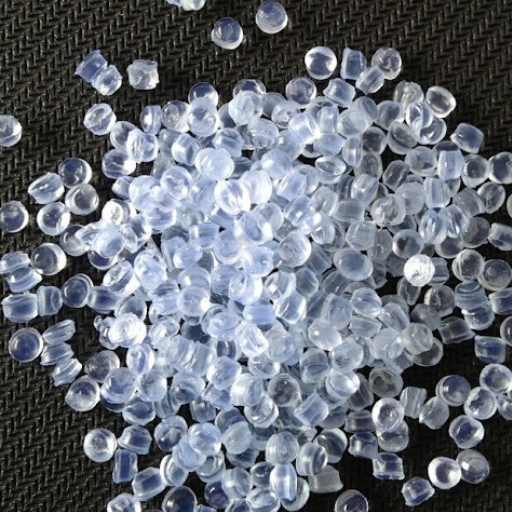
Polymethyl methacrylate (PMMA) is a clear thermoplastic that is well known, among other things, for its strength, light weight, and perfect translucency. In addition to being called acrylic, or specific commercial names like Plexiglas and Lucite, PMMA is also implemented as a more flexible replacement for glass in several sectors. Because of its good impact resistance, good weatherability, and good UV stability, PMMA is used for windows, optical lenses, signage, divider panels, as well as display units. On the other hand, PMMA is preferred because it is easy to work with and is recyclable, making it possible for its use in industrial and environmental conservation practices.
What is Polymethyl Methacrylate?
Polymethyl Methacrylate having the molecular formula (C5H8O2)n is a clear thermoset polymer that is principally appreciated for its transparency and strength. It belongs to synthetic acrylic resin which is an amorphous polymer containing no crystal structures. PMMA, being an exceptional light-transmitting material, can transmit around 92% of visible light without even requiring the thickness that normal glasses would require. And its density is approximately 1.18 g/cm³, thus it is much lighter than glass yet with almost the same strength.
PMMA possesses a variable glass transition temperature ranging from 85℃ to 165℃, which depends on its grade and composition, thus offering a compromise between thermal performance and flexibility. It has good environmental resistance owing to its high resistance to water, UV rays, and abrasion. There is also a benefit of prolonged usage of such material in outdoor applications, as the above-stated factors increase its durability and promote its extensive application in the automotive, building, and healthcare industries. Improvements in PMMA compositions helped to improve the chemical stability and impact resistance,e thereby increasing the useful application in several branches of engineering and limited to consumer products.
Overview of Methyl Methacrylate
Methyl Methacrylate Identification number C5H8O2, is known as a clear colorless monomer which is mainly used in manufacturing poly(methyl methacrylate) PMMA and its copolymers. The structure of this monomer consists of a methyl ester bonded to the methacrylic acid, which makes MMA highly reactive when it comes to polymerization. It should be noted that this property ensures the production of rigid materials as well as clear optical materials and weathering-resistant materials. Also, MMA’s low viscosity and low volatilities categorize it for many processing methods of application types, for instance, casting, extrusion, and injection.
There are two significant commercial routes used in the production of MMA: the Acetone cyanohydrin (ACH) process and the C4 direct oxidation process. Production of MMA making use of the acetone cyanohydric process has been in use for quite some time now, however, it would want that people nowadays pay attention to the management of the residuals due to the fact that there are concerns of environmentalists capturing productions that are dependent on two feed stocks i.e. acetone and hydrogen cyanide. However, the emergent C4 technology moves towards helping in reducing environmental toxicity through the use of isobutylene or tert-butanol conjugates instead of aldehydes.
Characteristics of Thermoplastics
- Thermal Reversibility
Thermoplastics are materials that soften upon heating and harden upon cooling and that do not undergo chemical transformation. The softening and hardening cycles do not affect the materials because of their linear or slightly branched chains.
- High Impact Resistance
Anecdotally, many thermoplastics like polycarbonate or ABS are able to resist impact more than most other plastics. Polycarbonate, for instance, possesses the ability to endure an impact strength of about 9 to 16kJ/m².
- Wide Range of Service Temperatures
Really different thermoplastic materials are able to offer a variety of operational temperatures, at times as low as -40°F (-40°C) for thermoplastics such as low-density polyethylene and other heat-resistant plastics such as polyetheretherketone (PEEK), having melting points as high as 500°F (260°C).
- Chemical Resistance
Most Thermoplastics are impervious to acids, alkalis and various fluids, oils for example. Polypropylene, for instance is resistant to aqueous solutions of most acids and weakly alkaline solutions and is therefore used for making vessels for chemical purposes.
- Lightweight Nature
Properties of PMMA
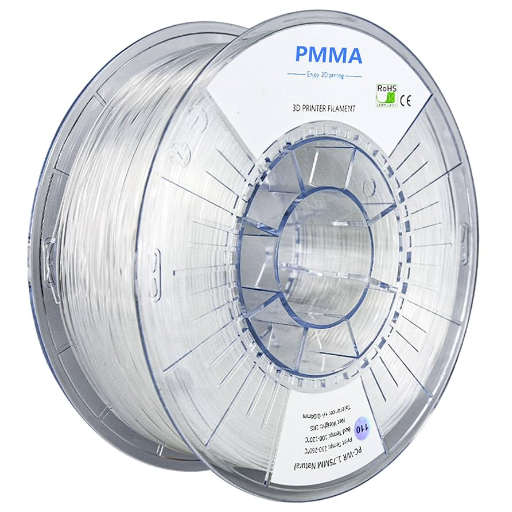
- Optical Transparency
Polymethyl methacrylate (PMMA) is a polymer with an outstanding property of transparency. 92% of light goes through it. This is a feature that many semipolymers and even some rubbers have. Therefore, this et is often insisted on in applications as a substitute for glass, lacking clarity.
- Lightweight
PMMA has a density of LEDs with 1.18 g/cm3 on average, which makes it much lighter than glass, suitable for such applications as aircraft windows and large signs design, which needs to contain the minimum of added weight contraptions.
- High Impact Strength
Notwithstanding the fact that it is not as strong as polycarbonate, PMMA has a moderate degree of resistance to impact. It is capable of withstanding certain physical loads and is offered in variants with improved characteristics that enhance its impact resistance.
- Weather Resistance
Polymethyl methacrylate, or PMMA for short, checks the relentless damage of UV radiation and persistent weather patterns that may appear over time without compromising its performance or appearance. This is the reason it is used in a lot of things like outdoor advertising, light covers, and cars.”
- Scratch Resistance
In addition, it is the hard surface of PMMA that makes it effective against scratching as compared to other clear plastics like polycarbonate. PMMA can alternatively be a bond, which is incredibly tough, lightweight, and strong, offering additional protection.
Transparency and Optical Qualities
PMMA is highly valued for its unparalleled translucent properties with a compatibility rate of up to 92%, exceedingly surpassing most glasses in a number of uses where light must pass through. That high property of translucence qualifies PMMA in many applications as its clear nature is better in lenses, optical apparatus, and screens. Furthermore, PMMA exhibits very low levels of Christianity and superb amounts of light scattering; hence, when looking through them, the view remains true regardless. PMMA has a refractive index of about 1.49, which helps it shape in ways that direct light where it is necessary. Also, these qualities, coupled with the other physical attributes like UV protection, ensure that even over extended sun exposure, PMMA can still work optimally and hence is preferred in industrial and consumer applications.
Chemical and Impact Resistance
PMMA has been established not only as a durable material but also as a chemically resistant material against various elements such as: Acids and bases, which are too weak, Aliphatic hydrocarbons, and many others. All these make it safe for use in environments where such chemical exposure is prevalent. However, PMMA pores resist guidelines up to aromatics, ketones, and alcohols, which restrains some material options. In comparison to other substitutes, such as Polycarbonate, PMMA also has average resistance to impact. The tensile strength of PMMA is around 1.5-2.0 kJ/m² usually at 2.0. However, strains could be caused by size and weight, and frail structural elements may need stress maintenance or even special coatings. Taken together, these special characteristics make PMMA QUITE attractive for use in interconnected systems where both physical stability and material reliability are important.
UV Light Behavior
PMMA is a type of weather-resistant plastic that is easily modified to resist UV radiation. This is attributed to the fact that the molecular structure of PMMA makes it resistant to wear-down or discoloration after an extended period of sun exposure without any add-ons or modifications. This means that the properties of PMMA do not change, that is, they retain their transparency, and other properties of PMMA materials in the presence of high levels of ultraviolet light and hence can be used for sky carriage windows, solar cell windows as well as conventional signage. On applying the material to windows, solar cells, and advertising boards in public places, PMMA most often transmits up to 92% of visible light, blocking the majority of the UV part of this radiation, which accounts for less than 300 nm. In that case, it is possible to improve its durability under harsh conditions and ensure its extended W-life by adding additional UV shields, stabilizers, and coatings, especially in such instances.
PMMA Production Methods
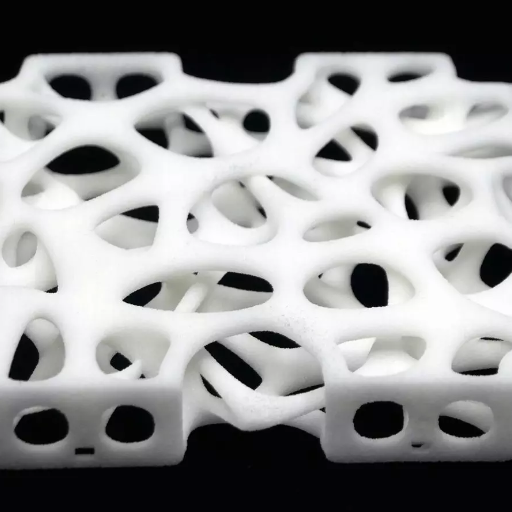
The polymer (polymethyl methacrylate) is generally produced by two techniques: Bulk polymerization and Emulsion polymerization.
- Bulk Polymerization
In that, methyl methacrylate gets polymerized in controlled environments and is usually carried out within molds or between glass slabs for making sheets. Bulk polymerization process is preferred for its clear and pure nature of the end product, which is excellent for applications such as optics.
- Emulsion Polymerization
This is where MMA monomer is emulsified in water along with a surfactant and an initiator in order to produce PMMA in the form of minute particles or beads. The resulting product maybe processed further into various forms such as pernethylene or even coatings. It is commonly used in manufacturing processes where the shape of the material is of prime importance.
Each process has been developed in accordance with the target properties required and application needs of the PMMA in order to ensure the process is functional and of high-quality output likewise.
Bulk Polymerization Techniques
Bulk polymerization is the common method in the production of polymers like PMMA in perfect purity without contaminants, using mainly the absence of solvents or emulsifiers. This encompasses the polymerization of pure monomers with appropriate initiators, which are generally controlled thermally or in the presence of light. Regulation of temperature is an important aspect in this process to prevent hot spots caused by the exothermic reaction, which could affect the homogeneity of the polymer.
In recent advances in the field of bulk polymerization, it has been possible to apply improvement measures, including automated control systems to drive all reactions and secure the on-time distribution of molecular weights. For instance, current surface-enhanced spectroscopic techniques help to determine monomer conversion rates more accurately, thereby improving the appropriateness of the technique and its working. All these features have significantly enhanced the commercial prospects of the bulk polymerization process, making it possible for the production of high-quality PMMA and efficient, high-performance raw materials.
Suspension Polymerization Process
Latex or bead polymerization is widely referred to as Suspension polymerization and involves two phases. The process includes a continuous external phase, usually water that comprises monomer droplets. The essential method lies in the fact that this suspension is maintained using mechanical agitation and droplets of monomer fixed there. The droplets for polymerization reaction become micro-reactors that lie in each droplet resulting in the production of a spherical polymer prepared in polymer beads.
Among other things, the suspension process utilizes stabilizers such as polyvinyl alcohol or cellulose derivatives to inhibit the coalescence of the droplets and to maintain a narrow range of particle sizes in the polymerization stage. Many of these favorable properties can indeed be achieved, but only if optimal conditions such as droplet coating, mixing intensity, and temperature control are followed to the letter. This approach is relevant during the manufacture of commodity polymers such as polystyrene and polyvinyl chloride (PVC), which are in great demand in many industrial processes.
Applications and Uses of PMMA
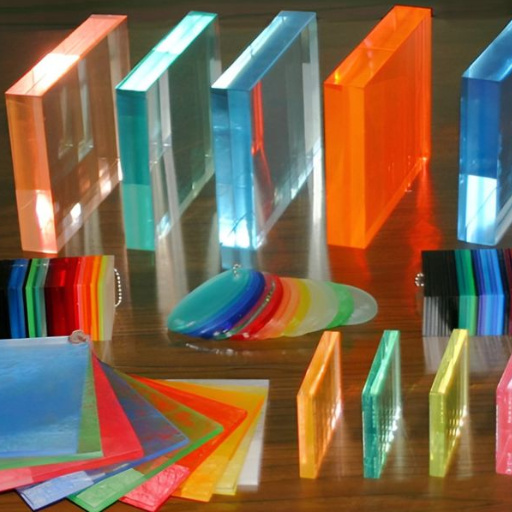
- Optical Materials
PMMA is a frequently used material in optical applications as its transparency levels are extremely high, up to 92%, which is far better than most other clear plastics thus finding application in making lenses, optical fiber and even optical glass. Besides, its resistance against ultraviolet light radiation allows it to be utilized on optical outdoor items.
- Automotive Industry
In the automotive industry, PMMA is utilized as an alternative to glass because it is lightweight and resistant to impact. Generally, it is used for making headlights, tail light pieces, as well as dashboards. Apart from such clarity, another property that can be attributed to such a material is that it does not change colour on exposure to the sun after a period of time, which is quite welcoming for a vehicle’s service life.
- Construction and Architecture
Polymethylmethacrylate is stabilized when used in the making of windows, skylights, sound barriers, and light collectors by its strength and capability to retain the shape it has. It is a material that is favored for situations of structural barriers and clear surfaces where heightened impact, weathering, or other such stresses are likely to occur, such as prisons, schools, and swimming pools.
- Medical Devices
That is, PMMA is known for being not reactive and nonleaching which enables it to be used in sterilizable devices and medical implants. Commonly used products incorporating this material are intraocular lenses for cataract patients, dental crowns, or even parts of medical equipment such as walls of an incubator.
- Display Technology
It is widely used in many LCD screens, advertising display boards, and electronic billboards due to its ability to be formed into high surface hardness and high clarity. It has additional advantages in edge illumination behind LED light panels and screens marked with LED light, for example, where it is called an LED diffusion panel due to its pmma properties.
- Aerospace Industry
Examples in the aerospace field include the manufacture of windows for aircraft fuselages, canopies and brake covers. They are manufactured to be lightweight as far as age limits are concerned, for they have to operate in the air for long periods of time and at different pressures and temperatures.
- Consumer Goods
Such typical objects as aquarium walls, some tables or work desks, and various indoor decorations derive from the advanced properties of PMMA materials. Furthermore, its workability and potential of being molded in attractive patterns serves as an added advantage in the marketing of goods such as toys.
PMMA as an Alternative to Glass
Known as acrylic glass, PMMA offers better mechanical and thermal properties than ordinary glass due to its amorphous form and low level of brittleness. The bulk PMMA is of a density of about 1.18 g/cm³ which means it is more than two-thirds lighter than glassy polymers and thus provides an advantage in such roles as weight reduction as well. Moreover, PMMA has a shock absorbing capacity 6 to 17 times that of standard glass, making it ideal for areas of substantial extraneous force or those with glass risk.
From the visual aspect, polystyrene has a very high percentage of light passage, reaching 92%. It is something like glass, but with some of its good features, like UV-absorbing properties and flexibility in designing. Reduced thermoconductivity, which is almost equal to 0.19 W/(m·K) in PMMA, has certain additional advantages over ordinary glass: it is easier for insulating glass, thus being more promising for energy efficiency in architectural and automobile purposes.
Widely Used Industries for PMMA
- Construction and Architecture
PMMA is commonly used in the construction industry because it is technology friendly and in most cases for industries such as: glazing panels, skylight construction as well as special glass blocks for soundproofing. In addition to the greater architectural capabilities, the material has a more modest weight compared to traditional glass, and this decreases the need of making the framing, which is also a great capacity in modern buildings.
- Automotive Industry
The automotive sector uses PMMA in the output of such items as light covers for cars, dashboards, door trim or even small cosmetic elements. These components are impact resistant, abrasion resistant and have clear aesthetic properties. The outdoor operating conditions also require the product to be UV resistant and prone to such elemental damage without sacrificing the optics.
- Medical and Healthcare
PMMA is also widely accepted in the medical areas where it is used in applications such as optics like glasses designing, dentures, fabrication of acrylic bone cements, and protection walls. PMMA is used intensively due to its biocompatibility, autoclavability and clarity in medical devices.
- Electronics and Display Technology
In the field of electronic technology, PMMA is applied in the manufacture of displays, light signaling systems and optical sensors because it produces clear imagery and diffuses light evenly. This is the principle behind why PMMA is found to be an essential requirement in the technology application of diodes and built thin tube screens.
Comparing PMMA with Other Materials
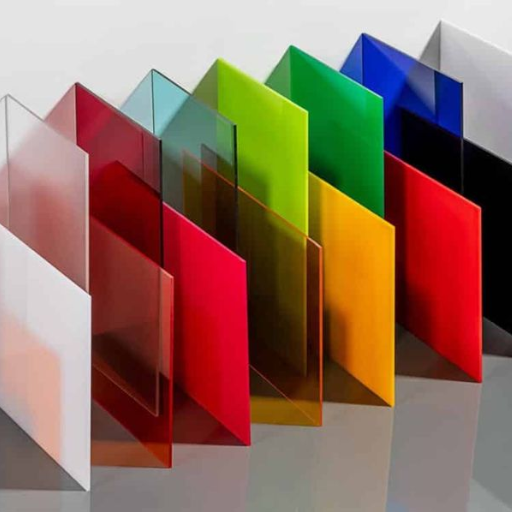
- Durability and Strength
When it comes to resisting impacts, PMMA has an outstanding capability that is to be more resilient by even a margin of between five and a maximum of ten times compared to glass, and yet, the material weighs almost half as much. Nonetheless, polycarbonate, which also carries with it a higher toughness beyond that of PMMA, wears out more easily under any strain.
- Transparency and Optical Properties
Aside from that, PMMA is highly clear and gives out a maximum of 97% light which is higher than glass and any other plastic materials. On the other hand, although glass offers the best resistance to scratches, the transparency of PMMA materials, along with its lightweight intricacy, makes for an excellent optical application.
- Chemical and Environmental Resistance
On the contrary, PMMA being devoid of such an issue has a resistance to ultra violet rays which makes it avoid yellowing or decomposition over time after being subjected to sunlight. However, it is prone to particular chemicals including agents that that mask withcompatibility, such as many ingredients in many cleaning fluids, more than the average for other types of plastics.
- Cost and Processing
PMMA vs. Traditional Glass
|
Parameter |
PMMA (Acrylic) |
Traditional Glass |
|---|---|---|
|
Weight |
Lightweight, approximately half of glass |
Heavy and dense |
|
Transparency |
Higher clarity (92% light transmission) |
Lower clarity (up to 90%) |
|
Impact Resistance |
Shatter-resistant, moderate durability |
Brittle, prone to breakage |
|
Thermal Insulation |
Inferior thermal resistance |
Superior thermal insulation |
|
UV Resistance |
Excellent UV stability |
Can degrade without treatments |
|
Chemical Resistance |
Lower resistance to chemicals |
High chemical durability |
|
Processability |
Easy to mold, cut, and shape |
Requires specialized tools |
|
Cost |
More affordable |
Generally more expensive |
|
Recyclability |
Less recyclable than glass |
Highly recyclable |
|
Applications |
Common in signage, displays, windows |
Widely used in architecture |
PMMA vs. Other Thermoplastics
|
Parameter |
PMMA |
Other Thermoplastics |
|---|---|---|
|
Transparency |
Excellent optical clarity |
Varies, often less transparent |
|
Impact Resistance |
Moderate |
Ranges from low to very high |
|
Weather Resistance |
High, UV-resistant |
Varies, some degrade under UV |
|
Temperature Tolerance |
Limited, up to ~85°C |
Varies, some tolerate higher heat |
|
Density |
Lightweight |
Varies based on material type |
|
Flexibility |
Rigid |
Many are more flexible |
|
Machinability |
Easy to machine and thermoform |
Depends on specific plastic |
|
Durability |
Brittle under stress |
Can be more impact-resistant |
|
Cost |
Generally affordable |
Widely varies |
|
Recyclability |
Limited |
Better for many modern thermoplastics |
|
Applications |
Displays, shields, signage |
Packaging, automotive, electronics |
Reference Sources
-
Machinability of Thermoplastic Polymers: PEEK, PI, and PMMA: PMMA, along with PEEK and PI, exhibits good mechanical properties and machinability. The study highlights the impact of temperature on PMMA’s viscoelastic state, affecting surface quality during micromilling.
-
Thermal Bonding of Thermoplastic Elastomer Film to PMMA for Microfluidic Applications: PMMA was successfully bonded with thermoplastic elastomer films using thermal bonding. Oxygen plasma treatment significantly enhanced bonding strength, maintaining microchannel integrity and optical transparency.
-
Dimensional Stability and Dehydration of PMMA-Based Denture Resins: PMMA-based resins demonstrated comparable dimensional stability to conventional resins during immersion but showed reduced dimensional changes during dehydration. This makes PMMA a reliable material for denture applications.
Frequently Asked Questions (FAQs)
Q: What is PMMA and is it a polymer?
A: PMMA, or polymethyl methacrylate, is indeed a polymer, specifically a synthetic polymer that is often used in various applications due to its properties. It is formed through the polymerization of methyl methacrylate monomer, which creates long polymer chains that give PMMA its strength and durability. Known as acrylic or acrylic glass, PMMA has become a popular choice for transparent applications such as lenses and displays. Its transparent thermoplastic nature allows for excellent light transmission, making it a versatile material for both commercial and industrial purposes.
Q: How does the toughness of PMMA compare to other materials?
A: The toughness of PMMA is notably lower than that of some other materials, which can make it brittle under certain conditions. However, PMMA can be modified to increase the toughness of PMMA through various additives or by blending it with other materials. This makes it a shatter-resistant alternative to glass in many applications. Its mechanical and optical properties provide a balance of durability and clarity that is often desired in products like acrylic sheets and displays. Moreover, PMMA is known for its thermal stability, making it suitable for a wide range of environmental conditions.
Q: What are the common applications for PMMA in sheet form?
A: PMMA in sheet form is commonly used for a variety of applications including signage, display cases, and windows. Acrylic sheets are known for their clarity and strength, making them a material of choice for both indoor and outdoor use. Additionally, PMMA is often employed in the automotive and aerospace industries due to its lightweight and shatter-resistant properties. It is also used in medical devices and equipment where transparency and durability are essential. The versatility of PMMA sheets allows for creative designs while maintaining structural integrity.
Q: What are the different grades of PMMA available?
A: There are several grades of PMMA, each designed for specific applications and performance requirements. Commercial PMMA is often categorized based on its optical clarity, impact resistance, and thermal stability. High-grade PMMA is used in applications requiring enhanced mechanical properties, while lower grades may be suitable for less demanding uses. The specific properties of each grade can be tailored through the polymerization and molding processes, ensuring that the final product meets the desired specifications. Understanding the differences in grades of PMMA can help manufacturers choose the right material for their needs.
Q: How is PMMA processed in injection molding?
A: PMMA is a popular material for injection molding due to its excellent fluidity and ability to form complex shapes. The polymerization and molding processes allow manufacturers to create intricate designs with high precision. During injection molding, heated PMMA is injected into a mold where it cools and solidifies, resulting in a finished product that maintains the material’s beneficial properties. This method is often used for producing parts that require a combination of transparency and strength, making PMMA a versatile choice in various industries. The versatility of PMMA in injection molding continues to drive innovation in product design.






